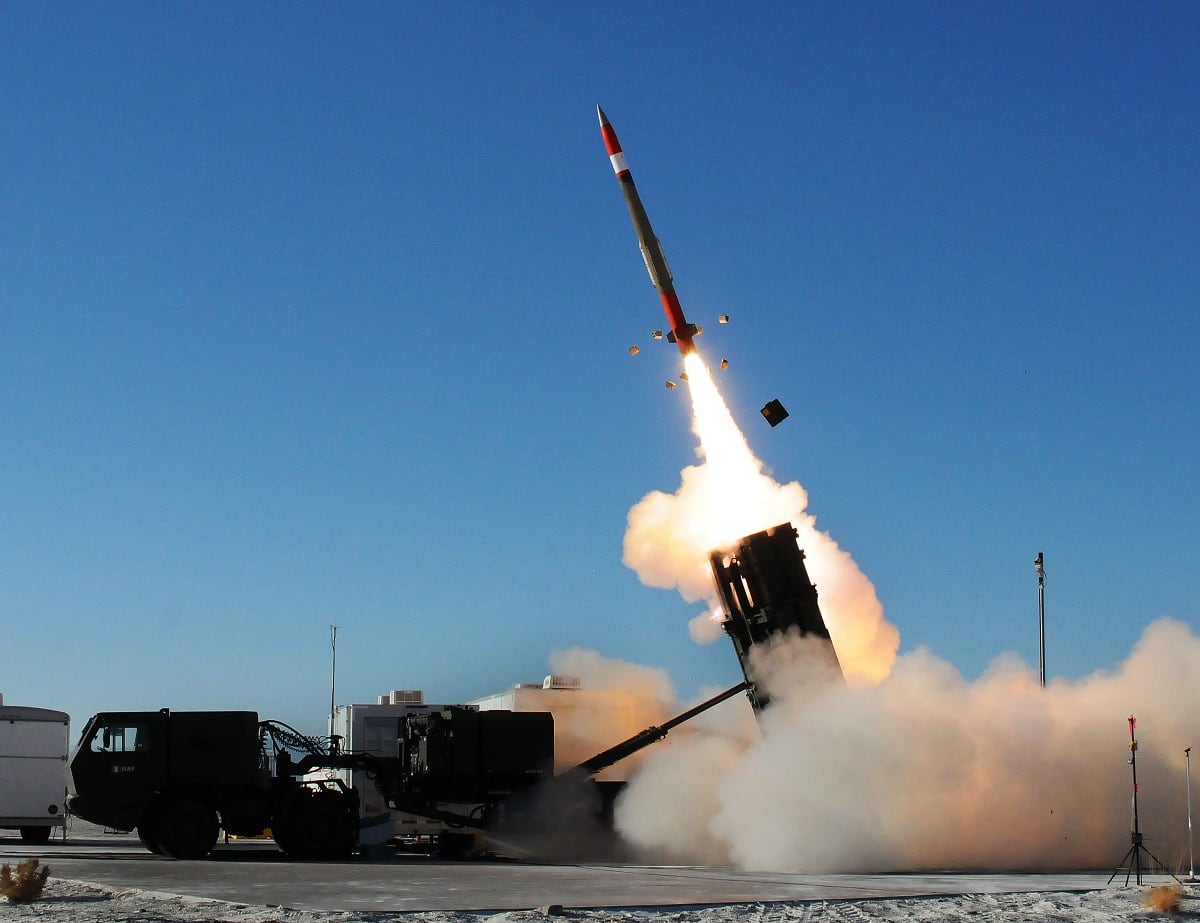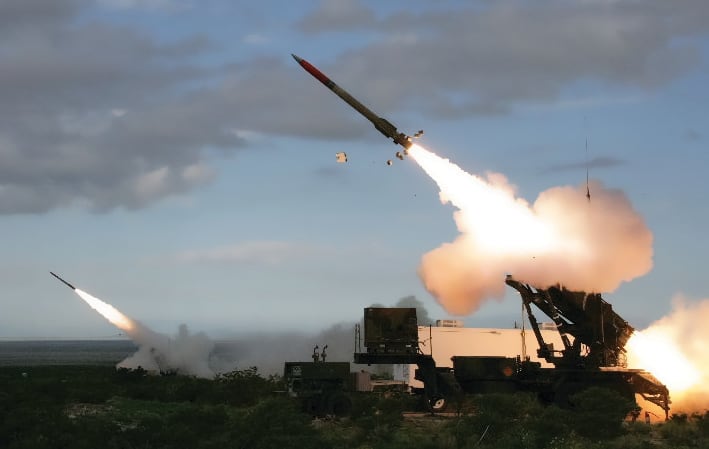ARLINGTON, Va. – For the past two decades, missile defenders in the Army have seen their systems and training often take a backseat to other Army priorities and counterinsurgency missions.
But the threat of not only near-peer adversaries such as Russia and China but also Iran bring those unit skills and capabilities to the forefront.
In 2018, the Army Air Missile Defense community brought together their first major maneuver training by bringing back their “Roving Sands” large-scale exercise at White Sands Missile Range, New Mexico, for the first time since 2005. More than 1,800 soldiers participated in the revamped 2018 exercise.
RELATED

But, those units might also have the chance to their craft at the combat training centers, such as Joint Readiness Training Center at Fort Polk, Louisiana, or the National Training Center at Fort Irwin, California.
Col. David Shank, assistant commandant of the Air Defense Artillery School, Fires Center of Excellence at Fort Sill, Oklahoma, said those types of training facilities give air defenders ways to work with maneuver formations as they might on a large-scale battlefield.
“We’ve got to get back to the CTCs,” Shank said. “That will not happen overnight.” Though missile defense soldiers have conducted combinations of simulated exercises and limited CTC rotations, Shanks seemed to call for more integration with maneuver units.
But air defenders in some deployed units are getting real world experience. Those that participated in last year’s version of the Roving Sands exercise are now deployed overseas, said Maj. Gen. Clement Coward, commanding general of 32nd Army and Missile Defense Command.
Both officers spoke at the Association of the U.S. Army’s Space and Integrated Air and Missile Defense daylong “hot topic” event on the field Thursday.
Some were part of the network that helped detect ballistic missiles launched by Iran that struck a U.S. site in Iraq in January. The early warning allowed soldiers to take precautions and likely prevented fatalities. Though more than 100 have since shown symptoms of Traumatic Brain Injury from the blast exposure.
There are also big Army efforts to grow parts of the missile defense field.
Last year, the Army announced a goal to build up 10 Short Range Air Defense battalions. That would mean quadrupling the existing 500 air missile defense crew members currently in the force. They expect that to take about five years.
That fastest-growing Army MOS will need to know how to shoot at least three systems -- Avengers, Stingers and the Counter-Rocket Artillery Missile System.
From 1989 to the early 2000s the wide-ranging desert maneuver saw crews shooting, moving and defending over distances up to 100km.
Brig. Gen. Christopher Spillman told Army Times in 2018 that while home station training and simulations helped maintain some skills, the lack of doing actual fires and movement, especially with maneuver units, left gaps in missile defender capabilities.
Roving Sands includes a combination of units. In 2018, there were three Patriot missile battalions, one Avenger missile system battery, and a Terminal High Altitude Area Defense, or THAAD, missile system capable of shooting down short-, medium- and intermediate-range ballistic missiles.
That’s, in part, how the community will build its capabilities but not always how they’ll be delivered.
Coward told the AUSA audience Thursday that is how units will be looked at but then the force can “peel back as needed” for deployments or theater commander needs.
Todd South has written about crime, courts, government and the military for multiple publications since 2004 and was named a 2014 Pulitzer finalist for a co-written project on witness intimidation. Todd is a Marine veteran of the Iraq War.





